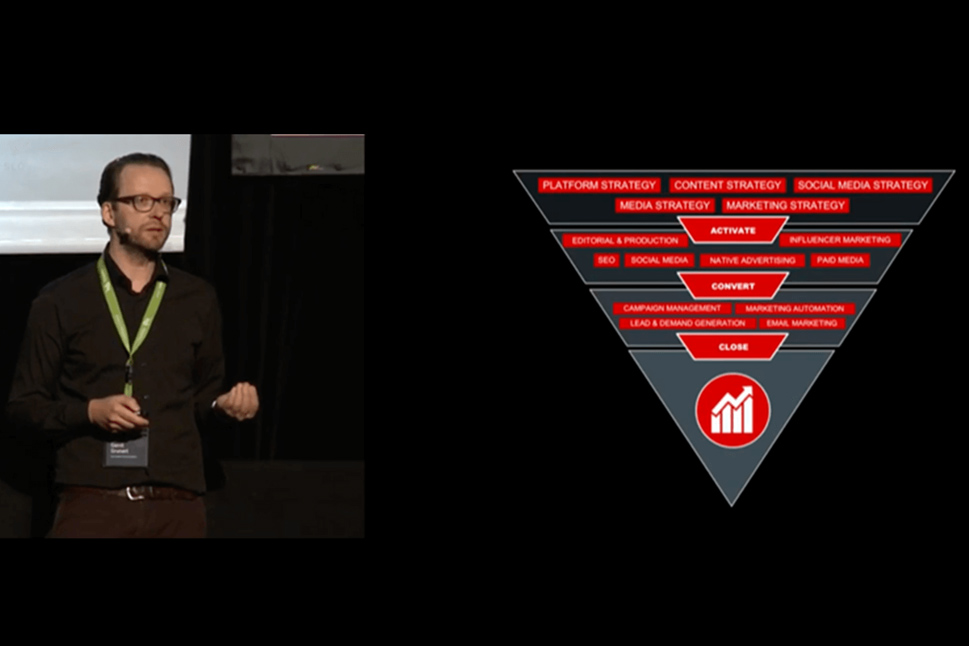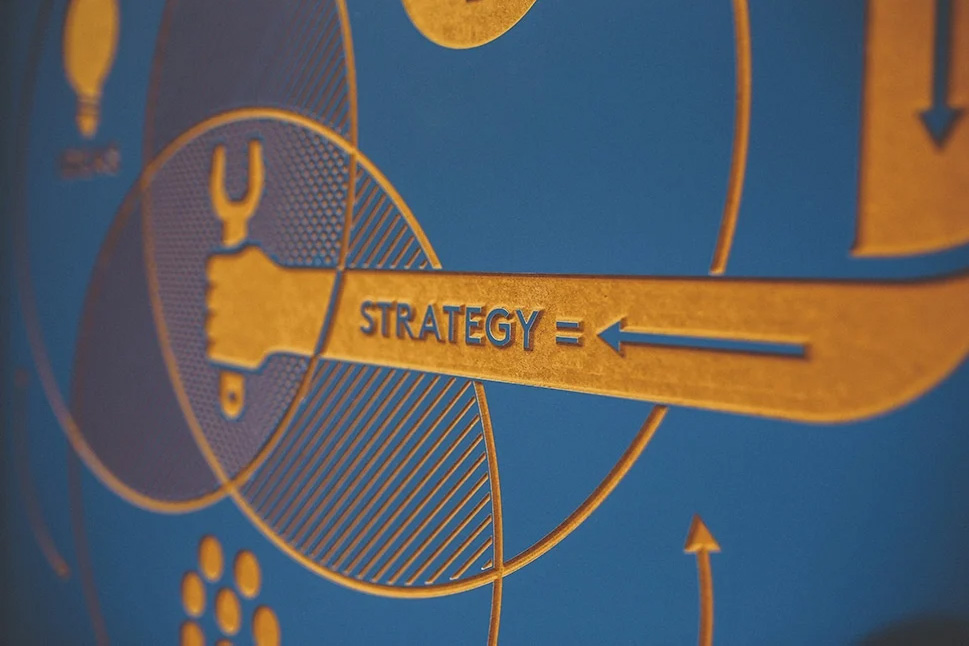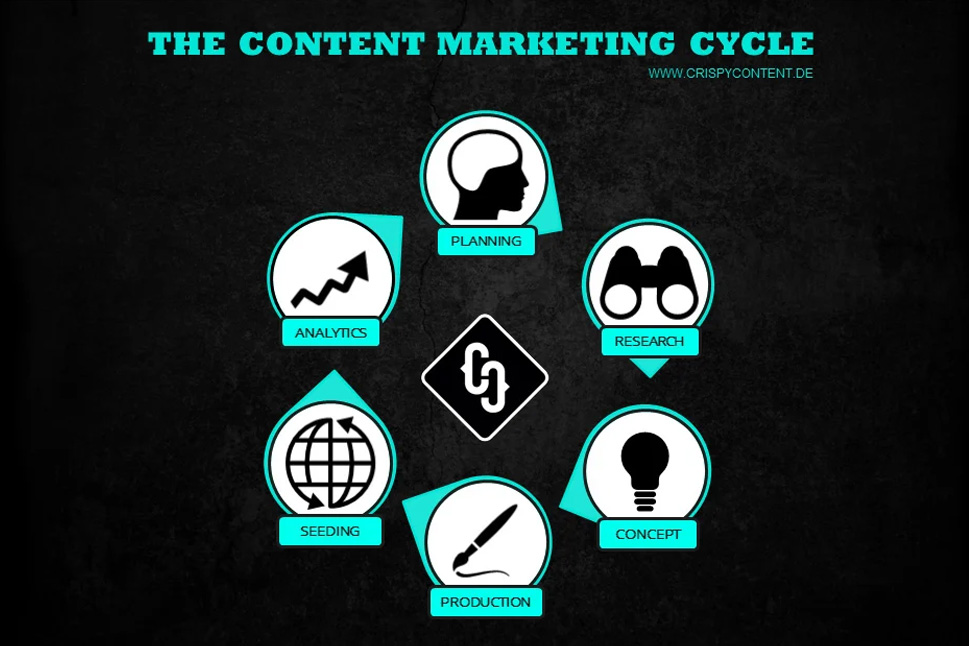Among the many digital audits that marketers perform to increase their ROI, the CRM audit is one of the most important and yet one of the least frequently performed analyses. Particularly valuable because its findings can effectively expand existing customer relationships, unfortunately quite rarely performed because this requires quite precise knowledge around the behavior of the target audience. In the first part of our two-part series, we clarify what a CRM audit is, what benefits it brings you and which tools are particularly suitable for it. Let's go!

What is a CRM?
A CRM is a customer relationship management system. Our CRM system stores the user, company and communication data of our customers or potential customers. The CRM system is therefore the technical heart of our content marketing ecosystem. The users here are no longer a gray mass of a target group cluster, they are identifiable individuals. At the end of our conversion funnel, it is ultimately individuals who trigger the transaction and generate the ROI.
How Can We Use a CRM to Our Advantage?
In addition to storing user data, we use the CRM system to manage the interactions between us and our users. A CRM system helps us stay in touch with them, automate communication, streamline processes, and improve profitability. The goal is simple: we want to grow our business relationships.
To improve our business relationships, we have various strategic and technical options at our disposal, such as automating communications (marketing automation), assessing profile and behavioral data (lead scoring), user qualification (lead nurturing), orchestrated qualification of user groups (account-based marketing), or even personalizing our content in emails, messages, and on websites. All these promising measures require user data. The CRM audit is the starting point for automated data-driven marketing.
In practice, it makes little sense to separate the audit from the processing of the data. In theory, on the other hand, it makes sense to overview the result of the audit in its entirety, because step-by-step processing could have implications in the next steps.
The process of analyzing and transforming user data from acquisition to meaningful use of a marketing campaign, is divided into seven steps, which are explained in depth in this article.

The Tools for a CRM Audit
The CRM audit is performed by humans. The tools help us to edit and merge large amounts of data, and add data sets. Any professional solution must therefore provide interfaces to as many data sources as possible. In addition, it should have the ability to correct typical errors based on standardized rule sets. Approximate corrections based on "fuzzy logic" should also be possible. With the number of rules stored and the size of the data sets, special demands are also placed on the user interface of the technical solution. At first, the editing and display options within a marketing automation platform seem sufficient, but as complexity increases, so does the need for a data automation solution that is connected to marketing automation via API. Providers of comprehensive solutions include Alteryx, RapidMiner or MathWorks.
Summary
Valid, reliable customer data is worth its weight in gold in the hands of a marketer, because it can be used to create more precise theories about the future behavior of your target group. In the first part of this mini-series, we looked at the terminology, the benefits and the tools for a CRM audit, and in the second part, we turn to the audit process itself.






.png)











.jpg)

-1.jpg)

-1.jpg)
.jpg)



.jpg)













.jpg)







.jpg)

































.jpg)












































